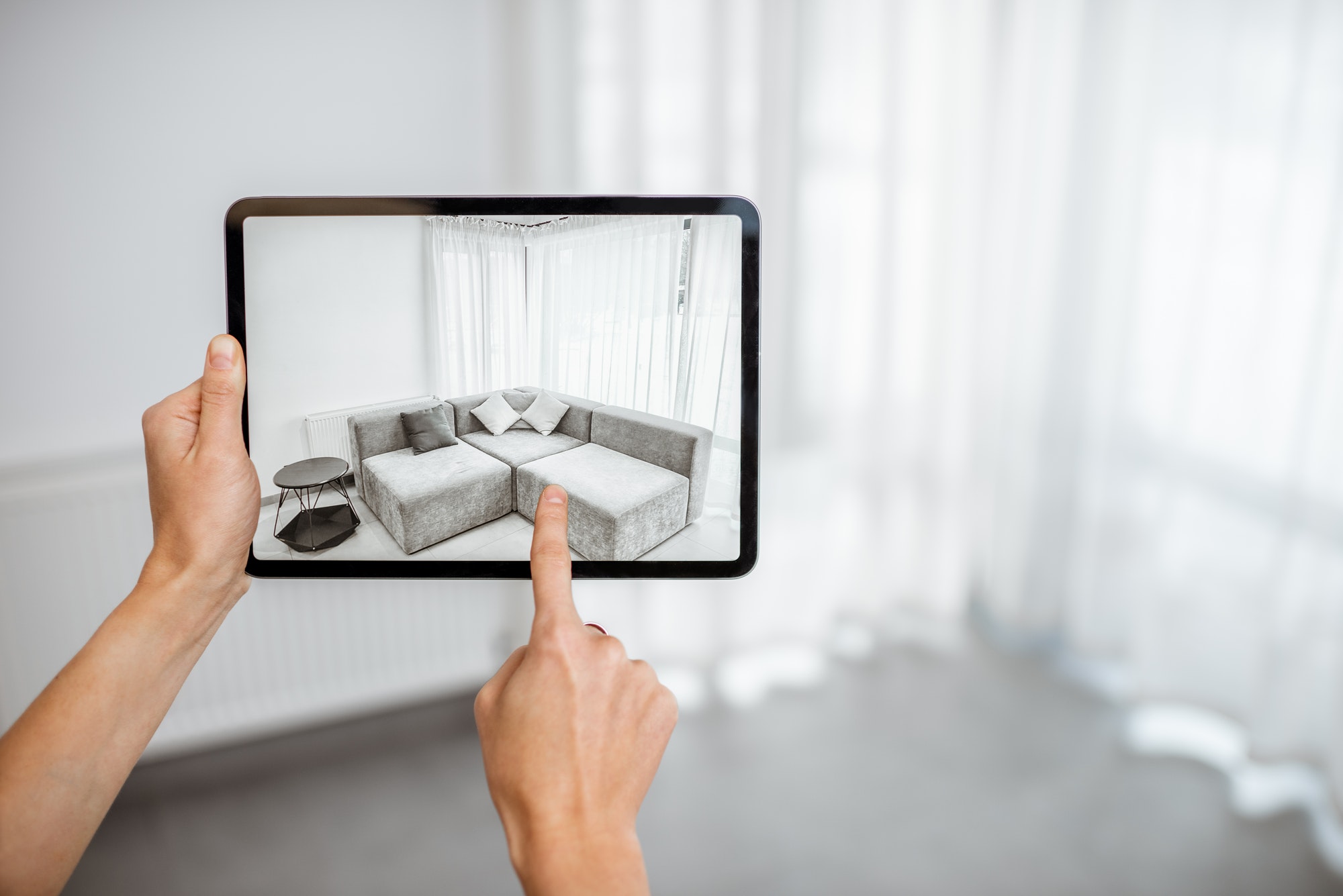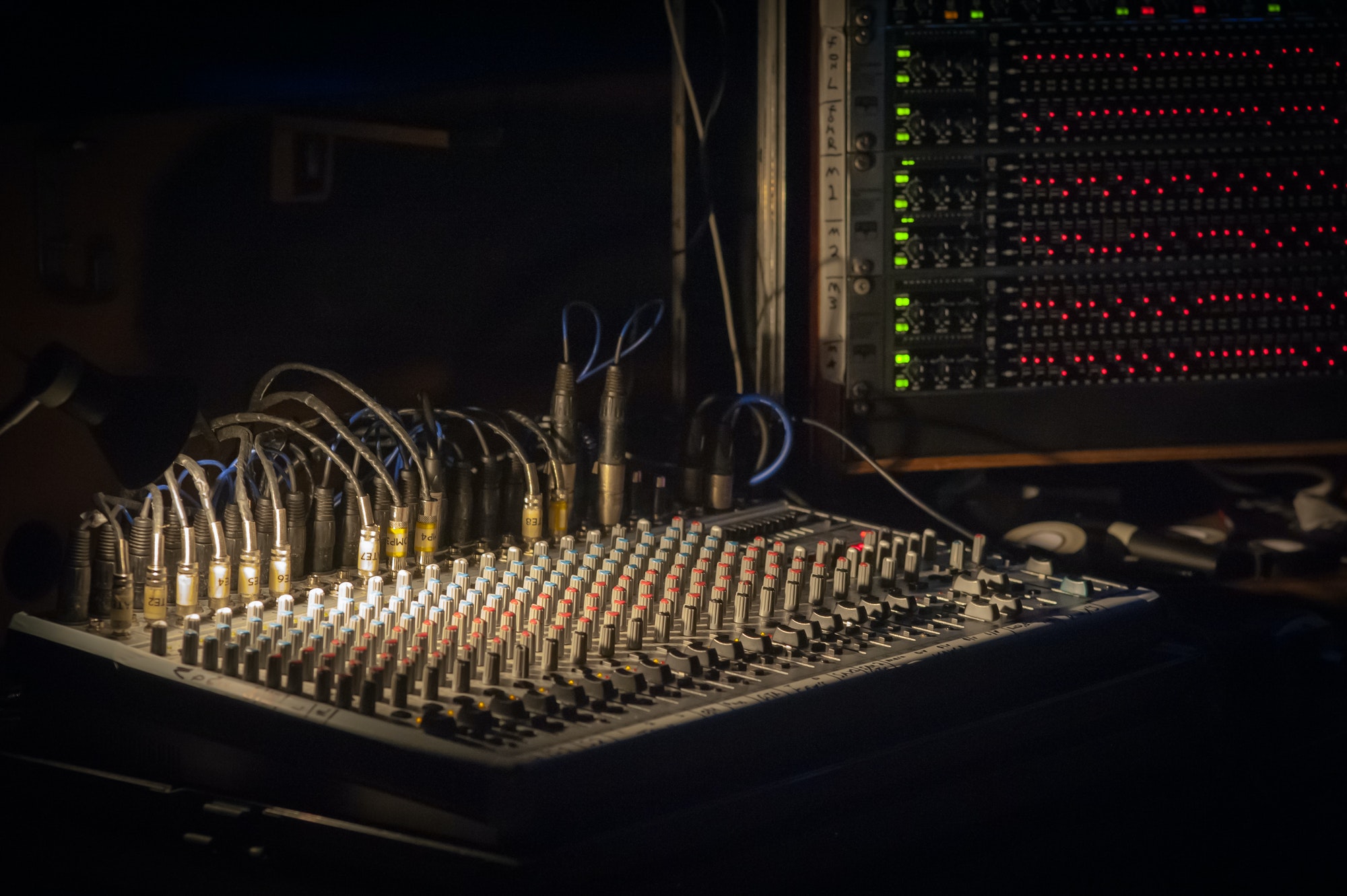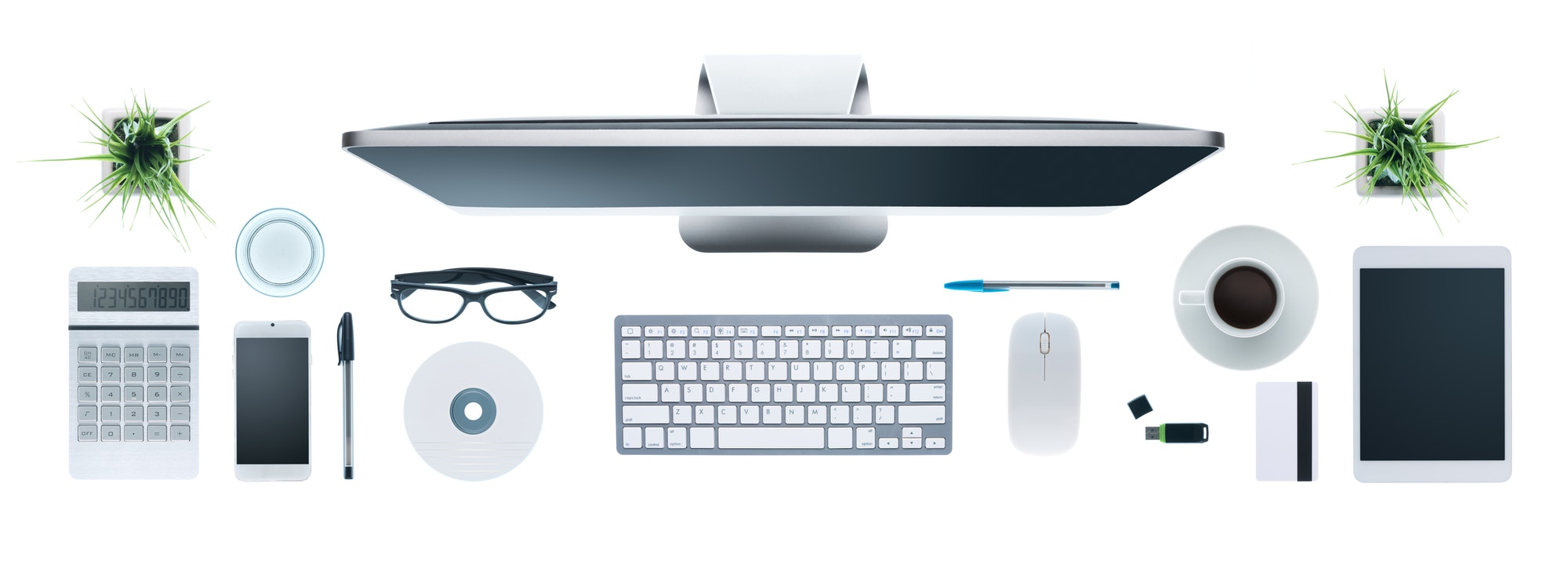
How augmented reality is changing the way we experience the world
It’s not just a cliché to say that technology is changing the world. The truth is, it does change the way we experience life and interact with others.
A recent article in Time Magazine about augmented reality (AR) tells us how AR is transforming our lives in ways that are both exciting and scary. For example, imagine you’re driving down an unfamiliar street at night when suddenly a ghostly apparition appears next to your car—it’s only after you shake it off that you realize what really happened: someone was projecting the image on the side of your car using AR technology. In addition to those examples, this blog post will explore some other ways in which augmented reality can impact our everyday lives for better.
1. What is augmented reality?
First, let’s talk about what augmented reality (AR) is and how it works. A general definition of AR would be: “… a technology that superimposes a computer-generated image on a user’s view of the real world, thus providing a composite view.” Basically this means that when you see something through your phone or tablet, the image might actually be projected from your device to your eyes via AR technology, which can change what you see in some way.
2. How does it work
How does augmented reality work? Some smartphones have front-facing cameras which help them track where objects are in space and overlay images on top of whatever is captured by those cameras (such as projecting an animated cat in front of you or a digital post-it note on your desk).
3. How it has been used
So far, augmented reality technology has been used for fun things such as projecting games onto surfaces and making virtual fences around your dining room table to keep the dog out of the kitchen. It’s also been used commercially as an educational tool—for example, museum exhibits using AR have helped visitors identify many different objects and gain information about them in real time.
However, other uses for augmented reality may be less benign: one company is developing software that enables law enforcement officers to see identifying marks and criminal history through a smartphone camera. This could help them stop crimes before they happen but poses privacy concerns if misused.
4. The benefits of AR
The benefits of augmented reality are significant. It can be used to help solve crimes, provide information about the surrounding environment, and even save lives by warning drivers about accidents ahead or giving them turn-by-turn navigation during emergencies.
5. Examples of AR in everyday life
In the example from Time Magazine, you can see how augmented reality technology is impacting our everyday lives in ways that we might not expect. Whether or not this is a good thing remains to be seen: it’s true that this technology could help us solve crimes and find lost children, but on the other hand it could be used for spying and invading privacy.
There are many more examples of augumented reality in daily life such as when someone’s name pops up when they call you or when Google translate helps you read signs in another country. These technologies continue to change how we interact with others and experience the world around us.
6. The future of AR
Augmented reality is poised to grow over the next decade as more companies develop software that will allow you to see an alternate version of the real world around you—for better or for worse. While there are concerns about privacy and safety, overall augmented reality will likely make our everyday experiences richer and more dynamic whether we’re at work or having fun with friends.
As you can see, augmented reality is a technology with vast potential for changing the way we experience the world. While there are some concerns about how it might be used in the future, the benefits of AR so far have been significant. It’s likely that over the next decade this technology will continue to grow and change how we interact with others and our surroundings. What do you think about augmented reality? Is it something you’re excited about or worried about? Let us know in the comments below.

